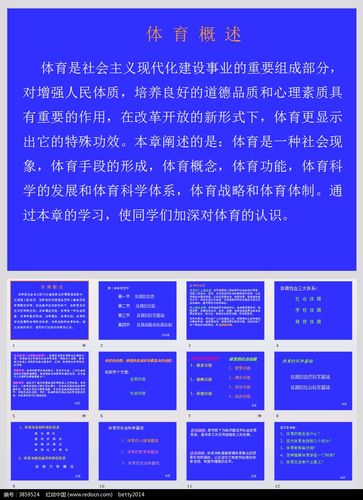高校体育课开设的项目
The Importance of Physical Education in Higher Education
Physical education (PE) holds a significant role in the holistic development of students, particularly in higher education institutions. Here, we delve into why PE is crucial and how it contributes to the overall wellbeing of students.
Regular participation in physical activities during PE classes promotes physical fitness and reduces the risk of various health conditions such as obesity, cardiovascular diseases, and diabetes. By engaging in exercises, students enhance their strength, flexibility, endurance, and overall motor skills.
PE provides an outlet for students to relieve stress and improve their mental wellbeing. Physical activities stimulate the release of endorphins, which are natural mood elevators, thereby reducing anxiety, depression, and other mental health issues. Additionally, PE fosters a sense of relaxation and rejuvenation, enabling students to better cope with academic pressures.

Participating in team sports and group exercises in PE classes fosters social interaction, teamwork, and leadership skills among students. They learn to communicate effectively, cooperate with others, and develop empathy and respect for teammates, thus enhancing their interpersonal relationships both within and outside the academic environment.
Research indicates a positive correlation between physical activity and cognitive function. Engaging in PE stimulates brain activity, improves concentration, enhances memory retention, and boosts overall academic performance. Students who participate in regular physical activities exhibit higher levels of alertness, creativity, and problemsolving abilities.
PE classes play a pivotal role in instilling lifelong habits of physical activity and promoting a healthy lifestyle among students. By educating them about the importance of exercise, nutrition, and overall wellbeing, PE cultivates habits that extend beyond the classroom and into their adult lives, reducing the prevalence of sedentary behavior and associated health risks.
PE curricula should be designed to accommodate the diverse needs and abilities of all students, irrespective of their physical fitness levels or disabilities. Inclusive PE programs promote accessibility and equity, ensuring that every student has the opportunity to participate in physical activities and reap the associated benefits.
In conclusion, physical education is not merely a supplementary aspect of higher education but an integral component essential for the overall development and wellbeing of students. By prioritizing PE and integrating it into the academic curriculum, institutions can nurture healthier, happier, and more successful individuals poised to excel in both their personal and professional lives.